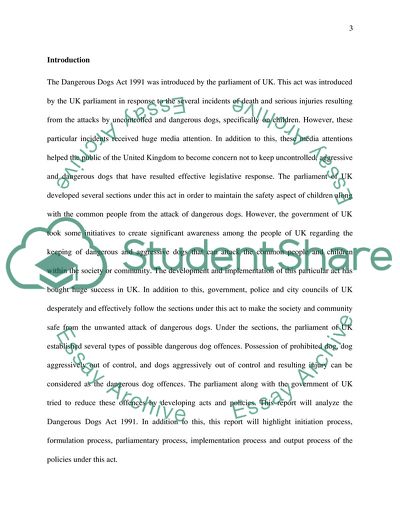Cite this document
(The Effect of Dangerous Dogs Act 1991 Coursework, n.d.)
The Effect of Dangerous Dogs Act 1991 Coursework. Retrieved from https://studentshare.org/law/1809944-policy-process
The Effect of Dangerous Dogs Act 1991 Coursework. Retrieved from https://studentshare.org/law/1809944-policy-process
(The Effect of Dangerous Dogs Act 1991 Coursework)
The Effect of Dangerous Dogs Act 1991 Coursework. https://studentshare.org/law/1809944-policy-process.
The Effect of Dangerous Dogs Act 1991 Coursework. https://studentshare.org/law/1809944-policy-process.
“The Effect of Dangerous Dogs Act 1991 Coursework”, n.d. https://studentshare.org/law/1809944-policy-process.


